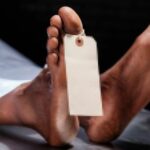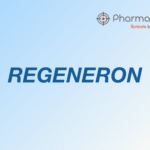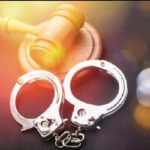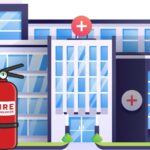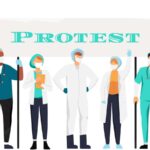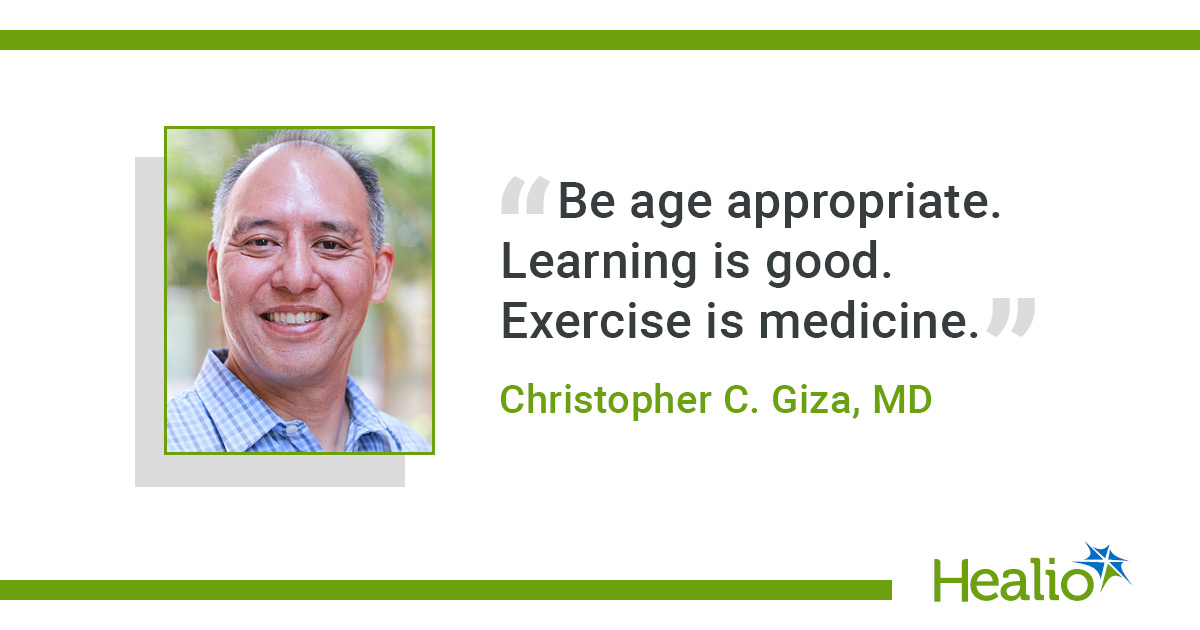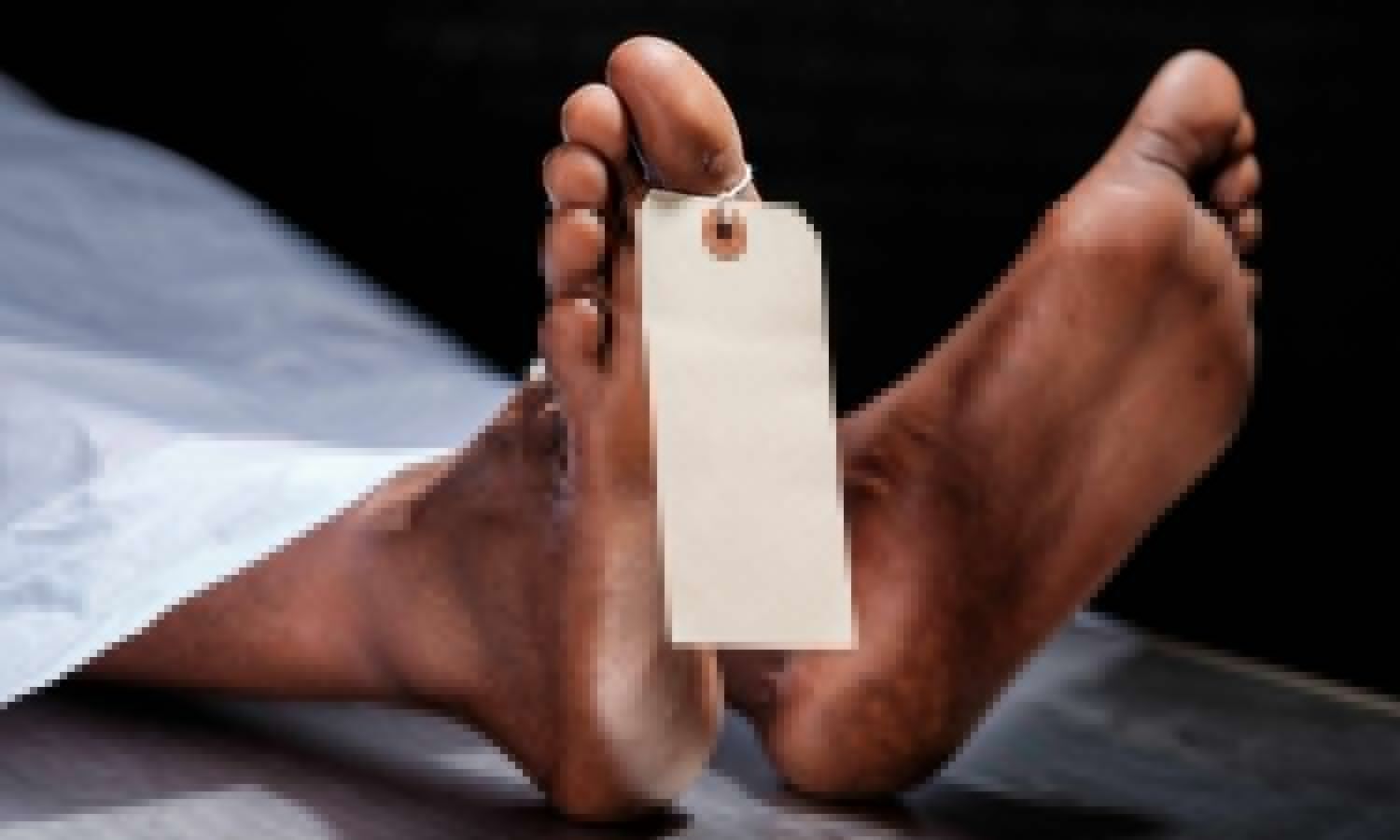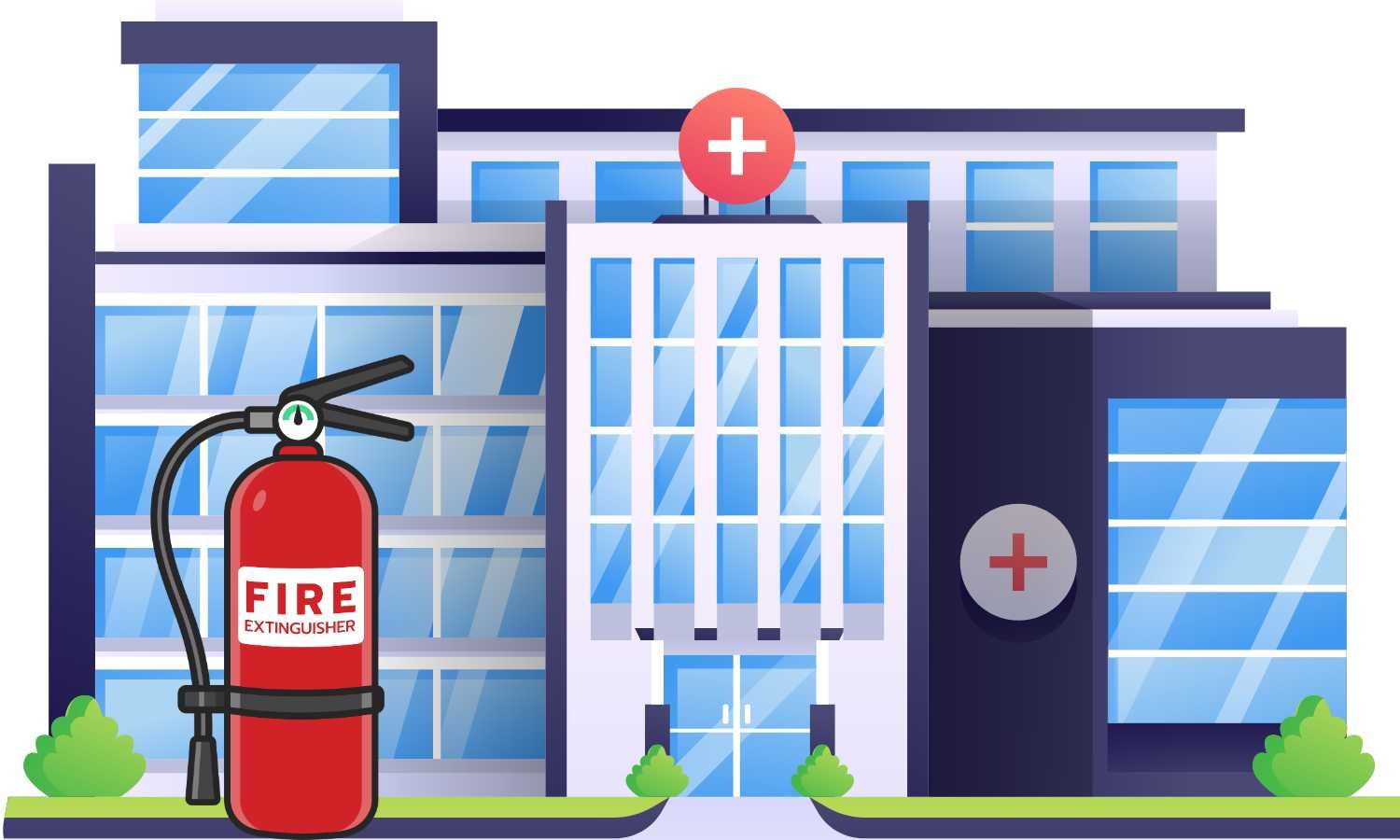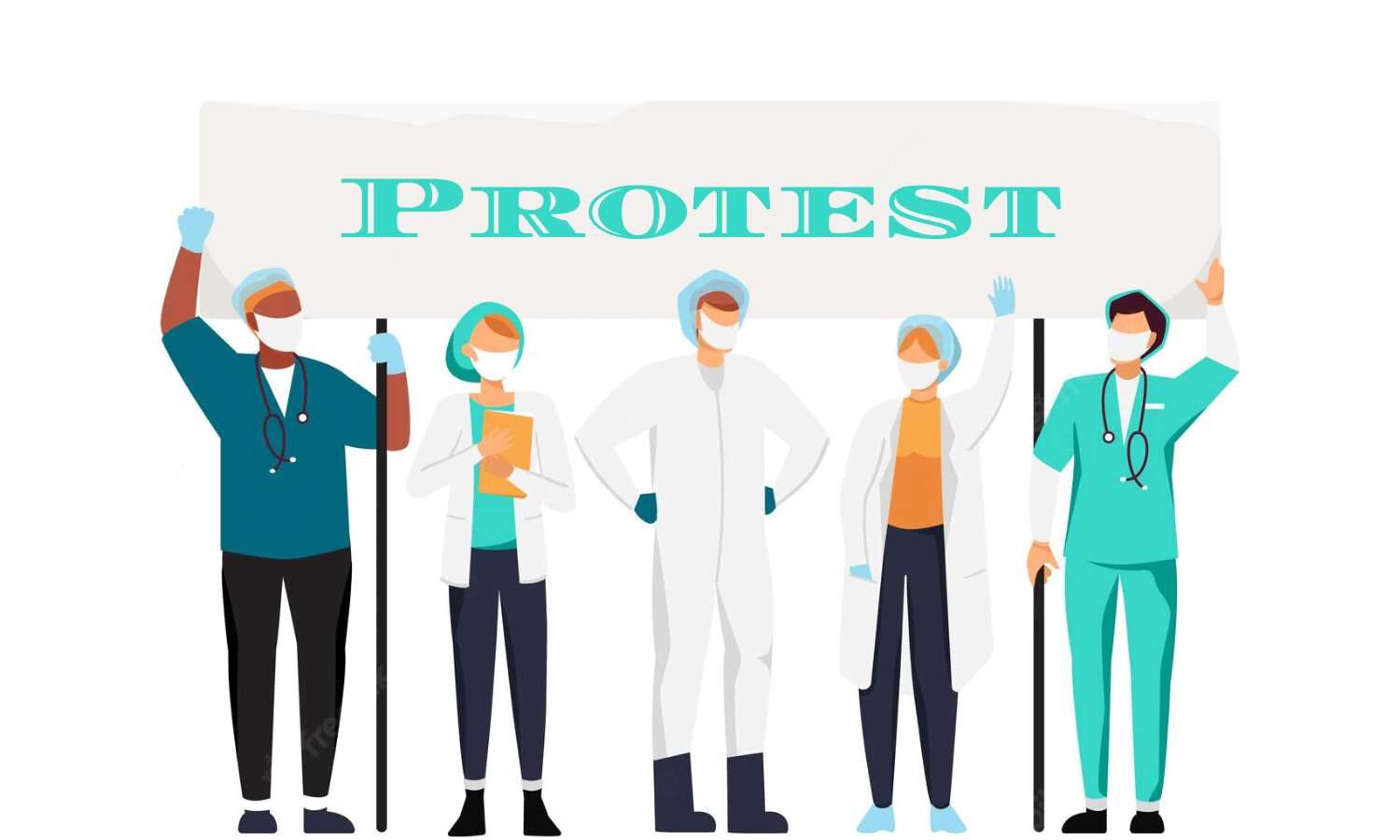October 08, 2025
3 min read
Key takeaways:
- The path of recovery is unique to the individual but can be managed with close monitoring of symptoms.
- Recovery protocols suggest immediate cognitive, gradual physical engagement.
BALTIMORE — The management of traumatic brain injury and concussion in children should feature almost immediate cognitive effort and a gradual return to exercise with constant monitoring for symptoms, according to a presenter.
“I often talk about traumatic brain injury in kids as the most complex injury, the most complex organ, at the most complex time,” Christopher C. Giza, MD, professor of pediatric neurology and neurosurgery at the David Geffen School of Medicine at the University of California, Los Angeles, said at the American Neurologic Association annual meeting

“One of the big challenges is that even within the pediatric age range from 0 to 18, an infant or a neonate is considerably different than a toddler or a grade school kid versus an adolescent,” he said.
According to Giza, recent research suggests that children who sustain TBI or concussion from physical activity should not refrain completely from physical or mental activity during their recovery period.
More specific diagnostic tools, with gradients depending on the age range of the child, are being developed for this purpose such as the Sport Concussion Office Assessment Tool-6, aimed at children aged 8 to 12 years.
“When we talk to people about cognitive rest, I think we have to be careful about what we mean by that,” Giza said. “It doesn’t mean lock yourself in a dark room and don’t do anything for days until you’re so far behind in your classes that you can’t catch up, and now you have a whole other bunch of iatrogenic anxiety symptoms because you haven’t been working through it.”
Giza referenced a “Return-to-Learn (RTL)” strategy developed by researchers in a 2023 study that promotes a four-step process beginning with 1 to 2 days of cognitive rest. The process would begin with limited or no schoolwork.
From there, the initial stages of recovery include commencement of schoolwork from home, along with symptom monitoring that allows for limited activity; working in more gradual activities that increase cognitive effort including a return to school with accommodations along with restarting non-contact exercise; and finally, a “return to normalcy” that features full-day schooling and a gradual progression to full activities and sports.
The RTL strategy additionally provides a Return-to-Sport (RTS) protocol, a six-step process that advises a gradual ramping up of aerobic and contact-related activities with a 24-hour separation period between each escalating step, leaving room for young athletes’ individual recovery process, according to Giza.
“Be age appropriate,” he said. “Learning is good. Exercise is medicine. Again, this flies against some of the stronger recommendations in the past to tell people to do nothing.”
Headaches that arise from TBI and concussion can be an annoyance and tricky to handle, but Giza said he counsels his patients that the pain is Mother Nature’s warning sign that something is amiss, and it’s OK to treat it as symptoms permit.
He added that more recent research as well as direct experience has shown post-traumatic headache (PTH) should be addressed in the highly symptomatic early phases.
According to a white paper from the American Headache Society that addresses a treatment approach to PTH, Giza related that symptom-guided RTS should be incremental and begin with activity limited by symptoms within 48 hours, progressing to non-contact sub-symptomal aerobic exercise and normal daily activities from 48 hours to as long as 4 to 6 weeks after injury.
Within that 48-hour window, analgesic bridge therapies such as ibuprofen or neutraceuticals like riboflavin can be initiated. Giza said that evidence proving this as definitively effective is slim, but this course of action may hold physiological benefit to avoid sensitization that accompanies development of chronic migraine.
One of the trickier parts of the diagnostic process, he continued, is the differentiation between TBI and persistent post-concussion syndrome (PPCS).
Overlapping symptoms dealing with sleep, memory, headache, light and sound sensitivity, balance, executive function as well as comorbid anxiety and depression muddy the waters among the two conditions, he said, and are found in other neuropsychiatric issues which affect younger and older populations alike.
“Symptoms are not going to be specific enough in most cases to help you know if it’s concussive or not across the whole time spectrum,” Giza said. “I think in the acute concussive phase, symptoms can be associated with pathophysiology.”
In the acute phase, symptoms and pathophysiology tend to match, but once the 4- to 6-week range is reached, this is likely untrue, he added. As a result, the risk and vulnerability for re-injury is not the same and the “acute metabolic cascade” of symptom and effects largely subsides.
It helps to envision each separate component of post-concussive recovery as a “symptom pie,” Giza said, each of which can be treated but needs to be closely monitored and tracked based on the unique path of each young athlete.
”Concussion assessment tools should be multimodal and be age-appropriate,” Giza said. “Return to cognitive activity is your highest priority for people who care for kids. But returning to aerobic physical activity should be close by.”
For more information:
Christopher C. Giza, MD, can be reached at neurology@healio.com.
